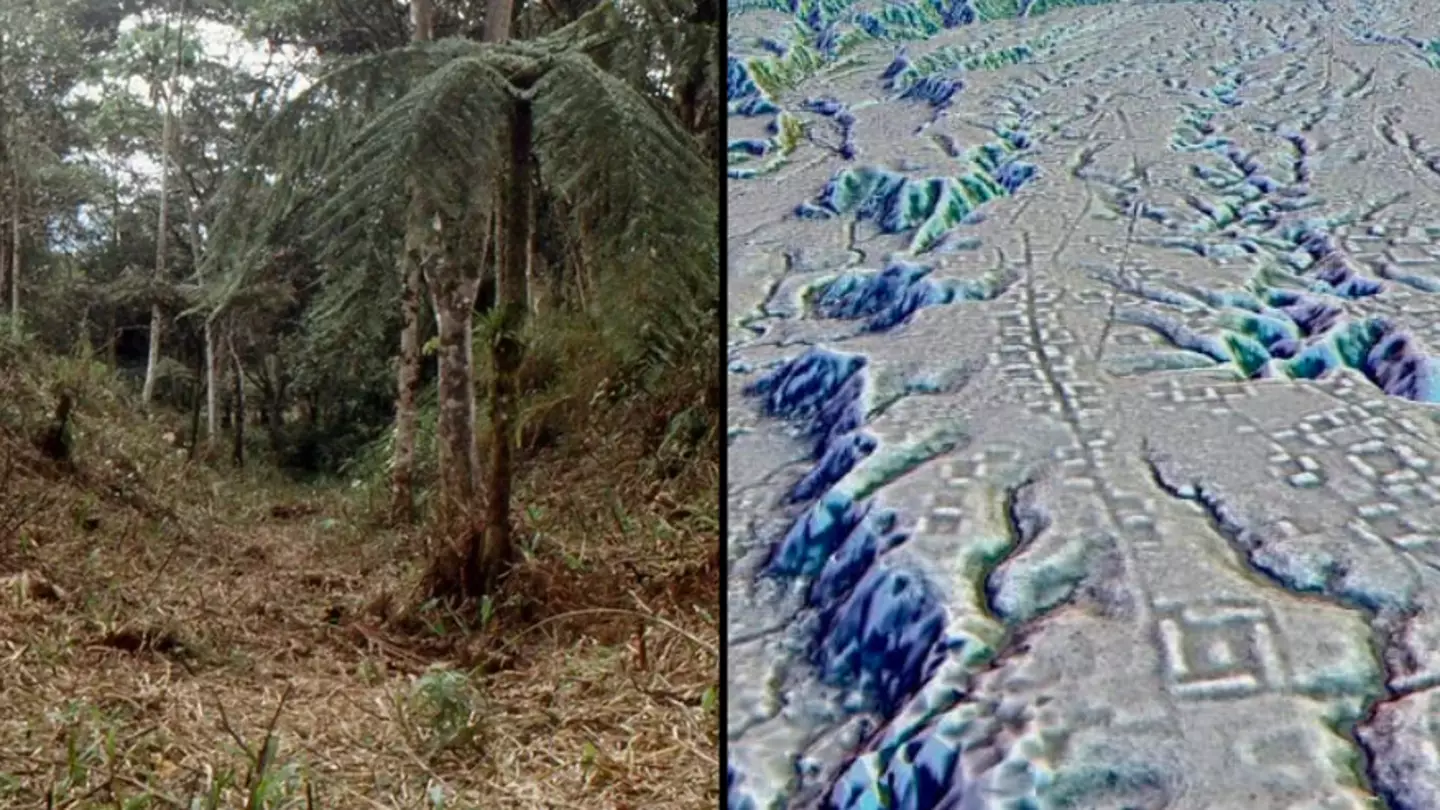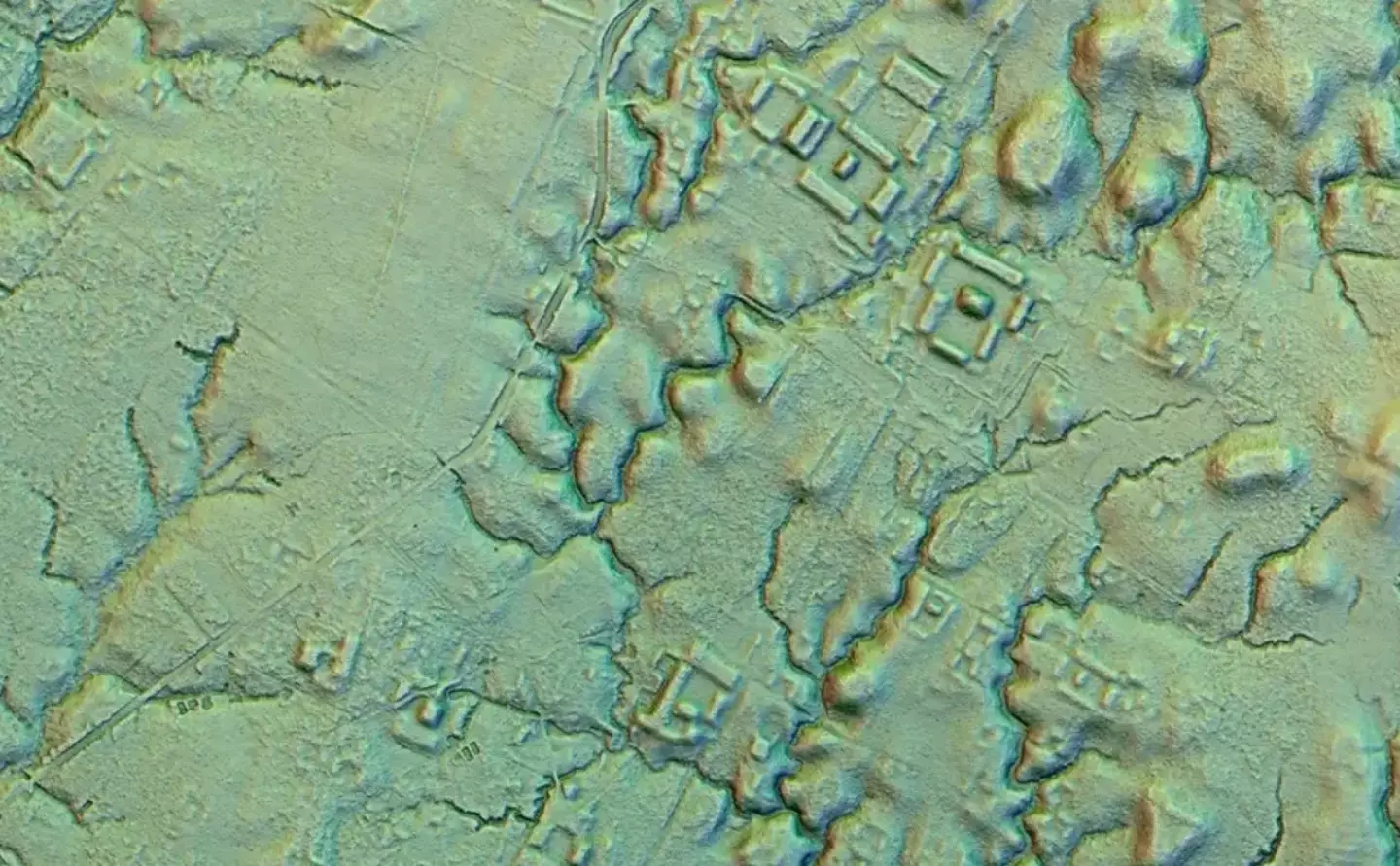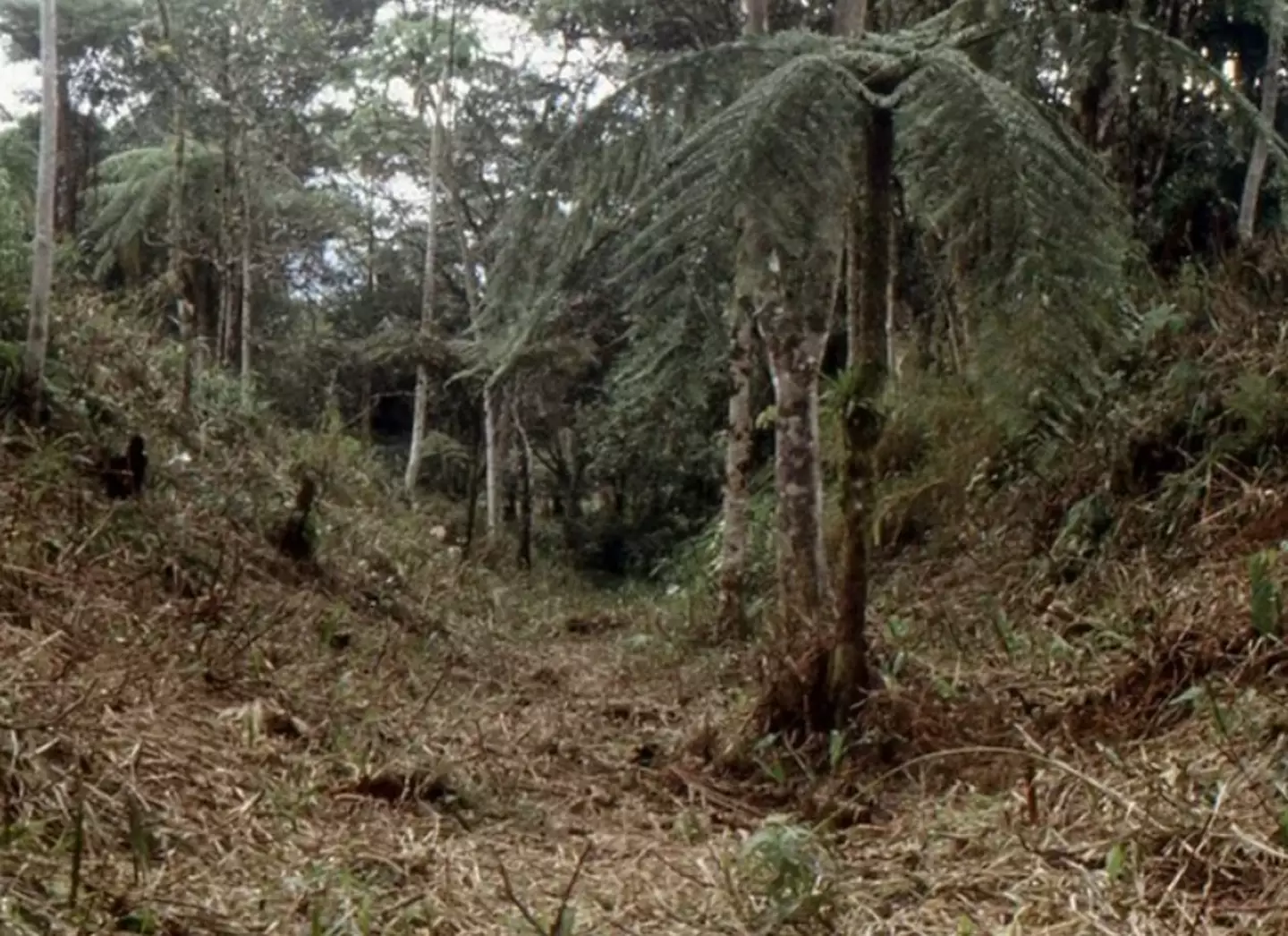
An ancient civilisation that built cities where the Amazon rainforest stands and then disappeared has been mapped out thanks to aerial surveys.
In the Upano region of Ecuador surveys of the Amazon found that an intricate network of roads and canals connected houses and other buildings.
We once believed that people didn't do much living in the Amazon, having assumed that only small groups dwelled in the gargantuan rainforest.
Advert
However, these new discoveries of ancient cities has challenged those assumptions.
According to New Scientist, archaeologists reckon this ancient city in the Amazon stood between 3,000 and 1,500 years ago and would have been home to people in at least the tens of thousands, though what happened to their civilisation is unknown.

This discovery was led by France's National Centre for Scientific Research, with Professor Stephen Rostain leading a study into what they found.
Advert
Mapping out what used to be in the Amazon is a difficult task whether done on foot or from the air, but according to the study developments in Light Detection and Ranging (LIDAR) technology has helped unlock the secrets.
This technology has already been used to search parts of the Amazon rainforest in Bolivia, and experts hailed it as a game-changer that would lead to a new wave of research.
Scientists from the UK and Germany searching six regions of the Amazon in Bolivia found better details of 26 settlements, with 11 of those being completely new finds.
As for the ancient city discovered in Ecuador, which was actually first scanned by Professor Rostain's team in 2015, there were about 6,000 raised platforms discovered in a 300 square kilometre (115 square miles) area.

These platforms are thought to be evidence of buildings and people's houses, while there were also fields with canals dug around them to provide drainage.
Advert
Surveying the area also found a network of straight roads, with the longest being at least 25km (15.5 miles) long.
The experts found that whomever had lived in the ancient settlements and cities had gone to great pains to make the roads straight instead of having them twist and turn around the existing contours of the earth.
They found that the roads had been dug down five metres into the ground to keep them going straight.
Excavations also found some evidence of ditches and defensive structures, potentially pointing at hostile relations between people living in the different settlements.
Featured Image Credit: LIDAR A. DORISON ET S. ROSTAINTopics: World News, Science